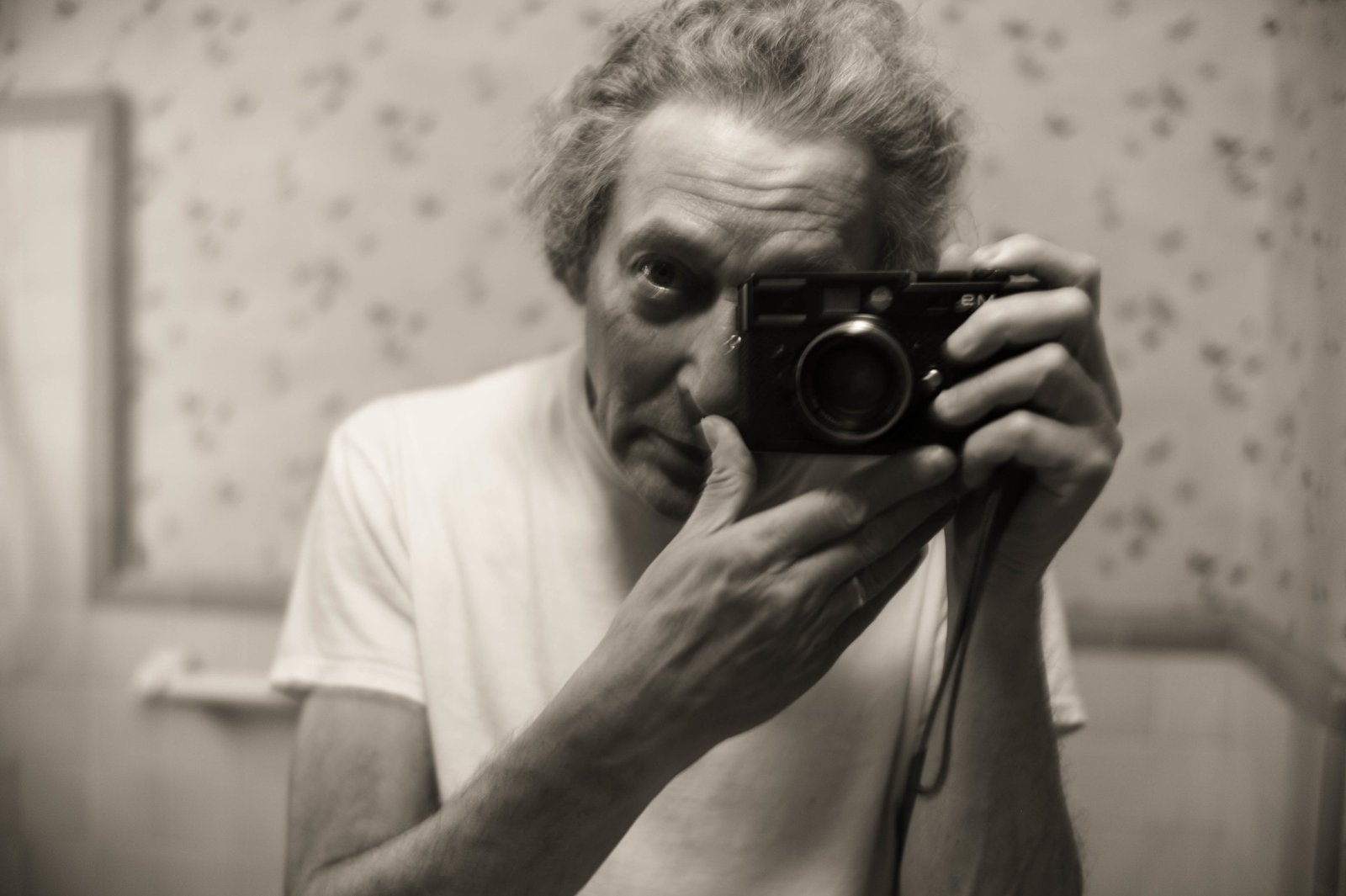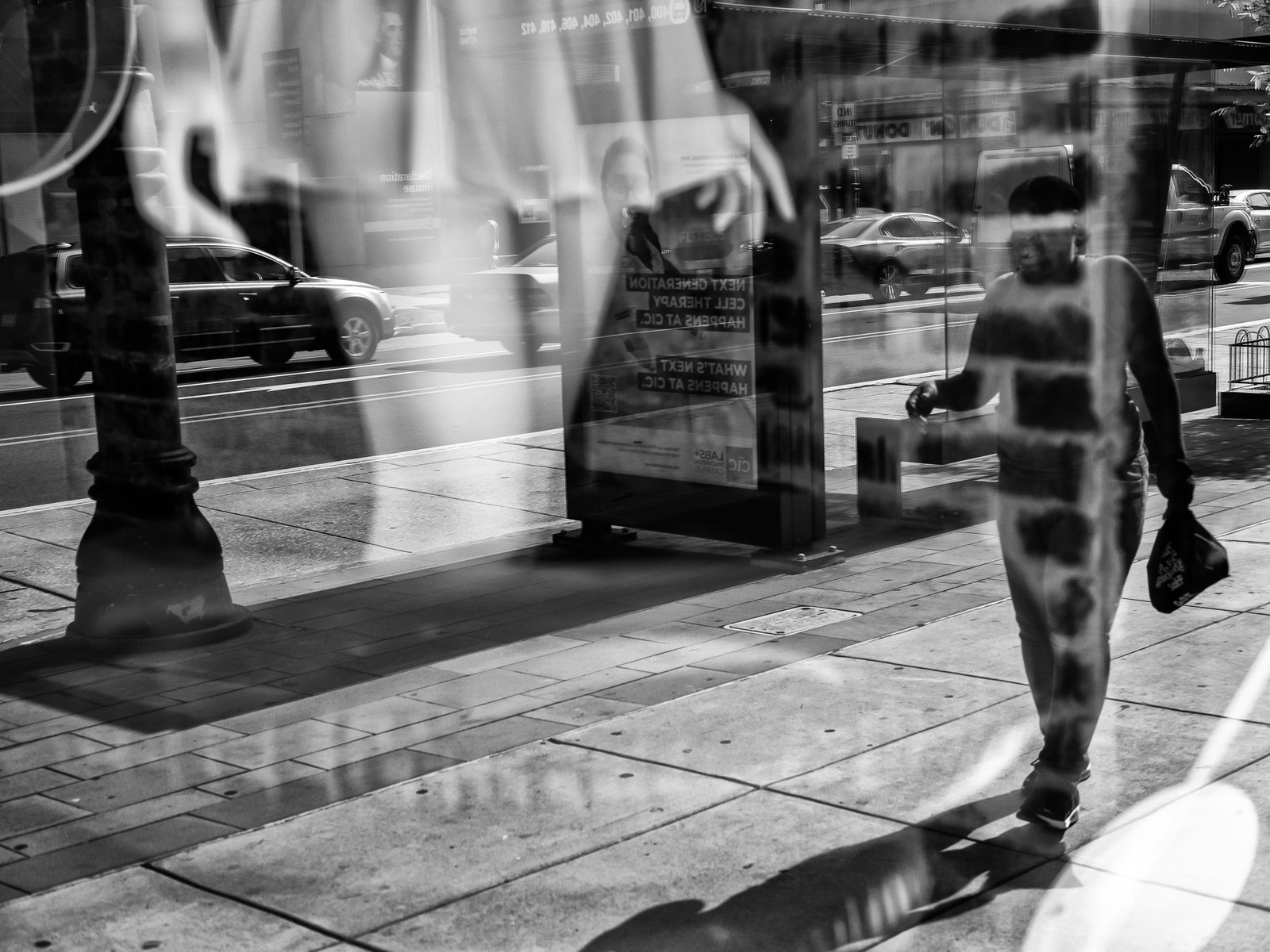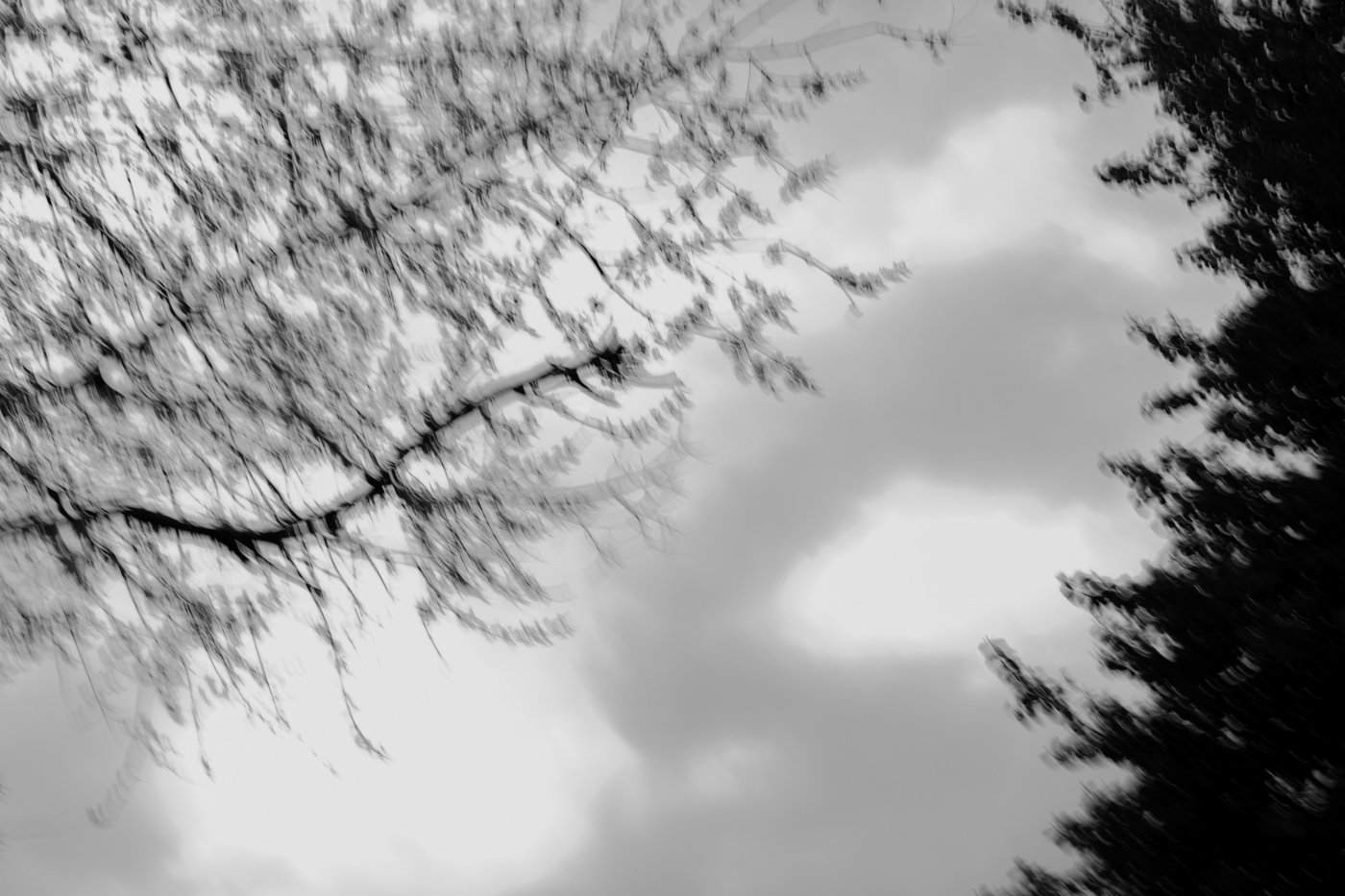
When I was doing my workshops, there were certain things that were asked and these things carried on for many years. There are things to know and there are things to just Breathe. It’s great to adopt a system to work and breathe in but it’s crucial to understand the mechanics of the language of the street.
First off, do not let anyone rattle your cage. There are many methods to work but they should just be a part of what you do. watch out for the purist. I do believe here in Philly, they have given up the quest to take over people minds and have them do things right according to their standards.

I remember decades ago I dreamt of auto ISO before it was employed in cameras. I didn’t think about Auto ISA but I knew that shooting a film rated at 400 like Tri’ was limiting in very low light. I thought about if a film could change ASA, then it would simplify changing film. In a way, I did just that but in my darkroom. I got Tri-X to be at ASA 640 as my base ASA. I used it for 250-800. The results were ok but not ideal. My Leica’s didn’t have a meter in them back then. I didn’t use a light meter unless it was a money shoot or something. Decades passes and cameras had M Mode and well… jump forward some, Auto ISO was installed. Of course, I fell in love with this technology. Many told me I was not true Manual because I let the camera set the ISO.

The argument is, to be true Manual mode, you set the ISO, the Aperture and the Shutter Speed. This is the Triad of Exposure. So, on the street, we need to be more reactive and pay attention to the subject matter and or scene more than the camera. Wouldn’t be easy to do that when you lock yourself into using a single ISO. Any change in light value requires a change in one of the three parts of the triad. So why go out and spend time walking around, seeking your next photo and being plagued by the traditional Manual Exposure Thought train. There’s the shot, set f5.6. 125/sec and the now the ISO, no… not 250, hmm maybe 400.. sets 400, looks up and the world has changed. It’s ok, even tho NG would have paid $5000.00 for that shot, no matter.

There’s a reason for tradition and a reason to break tradition. Ok, looks around. I’m going to tell you about a feature that is extremely effective. Takes a deep breath. Ok, this is a feature that most people haven’t discovered. Yes, it’s a secret and I will tell you about it now. It’s called the Exposure Value or EV. Don’t let this rattle your cage. EV is a feature on all my cameras and I never use it. For real, all it does on some cameras is change accidentally and upset me. I know many shooters that use this all the time.
The argument for M Mode continues but I gave up the battle to defend using Auto ISA. The jury is in for me. I have my way of working and that’s that. There’s another feature that gets a lot of chatter. That is Focus.

This is a more touchy subject than M Mode. Basically, we have, Auto Focus and Manual Focus. My way to work kinda varies with the camera I use. Let’s face it, we all want the fastest AF we can get. What can be faster working than AF? Nothing right? I beg to differ. I will explain about the M Leica and not trying to sell anything, just explaining how it works for me. The M has Auto Focus but by a different concept. What happens is this. I go out and then focus the camera with the rangefinder. Whoa, I see something different and I Automatically Focus on the new subject. So, that’s Auto Focus in a New Concept.
It’s called humor and I know youse get it. At this point, I urge you to use The DOF Master. It’s been a lifesaver for me since it was released many years ago.
Hyperfocal Distance VS Zone Focus.
The thing is, to understand your photos and how and why you make them. Then to understand your camera and to be friends with it. What focus distances do you really need to have in the photo? Hyperfocal Distance is the most widely accepted way to work on the street. I’ll give an example in a wee bit. You’ll see it down there. The other way is Zone Focus. They are different and we need to understand the difference.
On my M9 with a 35mm lens, @ f8 the Hyperfocal Distance is 16.9′ That means from about 8 1/2′ to Infinity is in acceptable focus. When you change f/stops, the HD changes also. If you use f5.6 then the HD is 23.8′. That gives you about 12′ to Infinity. The key to this is, Infinity is always on the far end of the Hyper Focal Distance. What changes is not Infinity but the near distance? So, you set the f/stop accordingly to the near distance you desire. You need to remember that when you change f/stop the shutter speed or ISO needs to be changed also… Nah…, anyone that knows me, of course, uses Auto ISO so change f/stops, keep your shutter speed and your camera will work with you to change ISO to meet the exposure you use. I used 1/125 f/11 on my cameras for a very long time and many times I still do.

Well me starting thinking, I’m not always wanting infinity in focus. I mean if I’m like 8′ to infinity, man that’s a long way. That means I can have someone about 8′ from me in focus and then Giovanni in focus in Italy. Oh yeah, that’s theoretically Infinity. Maybe I don’t want that much in focus. Hmmm, must be another way. Lemme think, I mean it’s on my tung I just need a min to find it… YES. By Jove I got it mate.
Maybe, just maybe, Zone Focus can solve the dilemma. If we think about compression in a different light, we can grasp Zone Focus. Years ago the kit for high-end fashion shooters was a Nikon F,2,3 and the 200mm f4. Moving in kinda close made a very compressed photo. It was more than DOF it was the way the lens compressed the image. I remember thinking back then, I like the way the subject and foreground and background were compressed. this is like 1981 and forward. I thought I wanted that compression but in the background and foreground. I mean, the foreground and background were soft or out of focus. The subject and a set amount of front and back were in focus. Not Hyper Focus because that moves out to infinity. I wanted infinity soft. So one day I had a revelation about zone focus.
The most important element for a camera is to be fast in operations. Next probably is how easy and how fast we can change our way of thinking and how the camera supports that. As far as focusing, the element that will change most is the foreground distance. With Hyperfocal Distance the foreground changes distance and the Infinity is a constant. So, you set the f/stop so that your subject falls in the range you desire. Now you need to be aware of the close end of Depth of Field to make sure you have acceptable focus.
Here’s where Zone Focus is similar to Hyperfocal Distance. It’s about feeling the distances you are working with
What I do a lot is, Leica M, 35mm lens, at f/5.6 the HD is 28.8′. Everything from about 12′ to Infinity is in acceptable focus. I set the lens to 10′ and then my zone of acceptable focus is 7.06′ – 17.2′. If I want a fatter zone, I would use f/f8.0 The range now is 6.29′ – 24.4′. That’s a very handsome range. If I went to f/11 I would use HD and that is 12′.
The important thing to remember is that the sharpest point is always where the lens is actually focused. So, the foreground distance and the background distance have a falloff. It’s not like the acceptable distance is sharp and then in front of that completely out of focus. It is a gradual falloff. The smart shooter realizes that and uses that to create contrast or a focus juxtaposition.
This can all be performed on any camera that has manual focus and or manual exposure. It’s just not as easy or intuitive as a Leiva M. If you understand the process then maybe you can find a way to implement in your work. I know most of you know this stuff but my dear woman advisor Suzanne, wants me to spread the knowledge around.
Have a blessed week and I’ll be back soon with more stuff. ….. shooter out …..














































